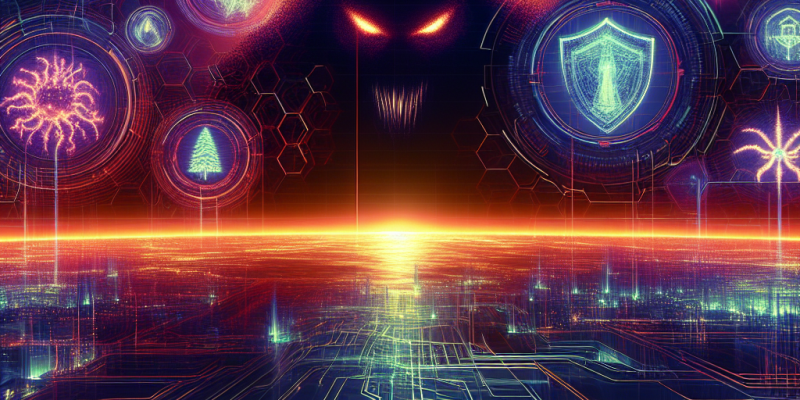Navigating the Cyber Threat Landscape: Essential Network Security Solutions for 2025

As we step into 2025, the cyber threat landscape continues to evolve rapidly. With advances in technology, new vulnerabilities and attack methods are emerging, making network security more critical than ever. Companies must adapt and invest in robust security solutions to protect their data, systems, and reputation. Here are some essential network security solutions that businesses should consider this year.
1. Zero Trust Security Model
The Zero Trust approach is gaining popularity as organizations realize that having a perimeter defense is no longer sufficient. This model operates on the principle “never trust, always verify.” It requires continuous verification of every user and device trying to access the network, regardless of their location. Implementing multi-factor authentication (MFA) and strict access controls can significantly enhance security.
2. Artificial Intelligence and Machine Learning
AI and machine learning are becoming vital components of cybersecurity. These technologies can analyze vast amounts of data to identify unusual patterns and potential threats. By automating threat detection and response, businesses can react more quickly to incidents, minimizing damage. In 2025, we expect AI-driven security tools to be more sophisticated, helping to fend off sophisticated attacks.
3. Extended Detection and Response (XDR)
XDR platforms unify various security tools to provide a comprehensive view of an organization’s security posture. By integrating endpoint, network, and server security solutions, XDR improves detection and response times to incidents. This approach allows security teams to respond more effectively and ensures all data points are monitored in real-time.
4. Cloud Security Solutions
As more businesses transition to cloud services, securing these environments is crucial. Cloud security solutions such as Cloud Access Security Brokers (CASBs) help monitor and protect data in the cloud. In 2025, organizations should prioritize securing their cloud infrastructure with encryption, data loss prevention (DLP) solutions, and secure endpoint management.
5. Unified Endpoint Management (UEM)
With remote work continuing to be a norm, organizations must manage a diverse range of devices securely. Unified Endpoint Management allows IT teams to control all endpoints from a single platform. This solution not only helps in enforcing security policies but also simplifies remote management, making it easier to address vulnerabilities across all devices.
6. Decentralized Identity Solutions
Decentralized identity solutions are emerging as a way to enhance user privacy and security. These solutions put users in control of their own identity, reducing the chances of data breaches associated with centralized systems. As we move forward, implementing decentralized identity can build trust and protect sensitive information.
7. Regular Security Training and Awareness
Technology alone cannot protect organizations from cyber threats; employee awareness plays a significant role. Regular training programs can educate staff about the latest scams, phishing attempts, and security best practices. Creating a culture of security within a business helps reduce the risk of human error, which is often the weakest link in security.
Conclusion
In 2025, the cyber threat landscape will be more complex, but by adopting a combination of innovative security solutions, organizations can better protect themselves. Embracing a Zero Trust model, leveraging AI and machine learning, utilizing XDR, enhancing cloud security, implementing UEM, exploring decentralized identity, and promoting security training are all essential strategies. By prioritizing these network security solutions, businesses can navigate the ever-changing cyber landscape with confidence and resilience.
Investing in these areas not only mitigates risks but also contributes to the overall strength and sustainability of any organization in today’s digital world.














